What is the Most Expensive Type of Device to Power and What is the Cheapest?
7016309225 • April 17, 2025
What Devices cost the most and the least to Power?
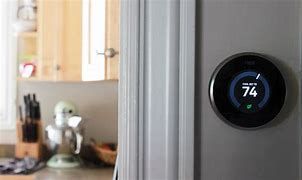
What is the Most Expensive Type of Device to Power? What is the Cheapest Type of Device to Power?
When it comes to powering devices in your home, not all electronics are created equal. Some use a lot more energy than others, leading to higher electricity bills. Understanding which devices are the most and least expensive to power can help you make smarter choices when it comes to managing your energy consumption. So, what are the most and least energy-hungry devices in the typical household? Let's break it down.
The Most Expensive Types of Devices to Power
The cost of powering a device depends on its energy consumption, which is usually measured in watts or kilowatts per hour (kWh). High-powered devices, or those that run for long periods, tend to be the most expensive to operate.
Air Conditioners and Heaters
One of the biggest contributors to high energy bills in the summer and winter months is your heating and cooling system. Air conditioners (especially central air conditioning) and space heaters can consume a lot of electricity, making them some of the most expensive devices to power.
• Air Conditioners: Central air conditioning systems, in particular, use a large amount of electricity. A typical central AC system can use anywhere from 2,000 to 5,000 watts per hour (depending on its size and efficiency). If you use air conditioning frequently during the summer months, this can add a significant amount to your monthly electricity bill.
• Electric Heaters: Electric space heaters are another high-consumption device, especially when used for long periods. On average, an electric heater uses around 1,500 watts per hour, and depending on how often it's running, this can really rack up costs over the winter.
Water Heaters
Water heaters are essential for daily activities like showering, doing dishes, and washing clothes. Unfortunately, they also consume a lot of energy, making them one of the most expensive household appliances to run.
• Traditional Water Heaters: Standard water heaters with a tank can use 3,000 to 4,500 watts per hour, depending on the model and the temperature settings. Because water heaters work constantly to maintain the desired temperature, they can be very energy-intensive, especially in larger households.
• Tankless Water Heaters: While tankless water heaters are more energy-efficient than traditional models (since they only heat water when needed), they can still consume a lot of electricity when in use, especially for households with high water usage.
Clothes Dryers
Clothes dryers are another household appliance that uses a significant amount of energy, especially if used frequently or for long drying cycles. A typical electric clothes dryer uses between 2,000 and 6,000 watts per load. The higher the wattage, the more energy it consumes, resulting in a higher cost to run.
In addition to their high energy consumption, dryers often run for extended periods, which increases the overall energy use. Air drying clothes, though not as convenient, is a more energy-efficient alternative.
Refrigerators
While refrigerators don’t use as much energy as some other devices on this list, they are still a constant drain because they run 24/7. Older, less efficient refrigerators tend to consume more energy, whereas newer, Energy Star-rated models are more efficient.
• Typical Refrigerators: A standard refrigerator uses between 100 and 800 kWh per year, depending on its size, age, and energy efficiency. While the energy consumption may seem low per hour, the continuous operation adds up over time.
Ovens and Stoves
Electric ovens and stovetops can also eat up a significant amount of energy, especially when used frequently for long periods. An electric oven can use anywhere from 1,000 to 5,000 watts per hour, depending on the heat setting and duration of use.
Gas-powered stoves are more efficient in terms of energy use, but they still contribute to energy bills, especially if you're cooking for long periods of time each day.
The Cheapest Types of Devices to Power
Now that we know which devices are the most expensive to run, let’s look at the devices that use the least energy and cost the least to operate. While these devices may not be as flashy or essential as a refrigerator or air conditioner, they still play an important role in day-to-day life—and they won’t break the bank in terms of energy costs.
LED Light Bulbs
LED light bulbs are hands-down the cheapest and most energy-efficient devices to power in your home. They use a fraction of the electricity compared to traditional incandescent bulbs, which are notorious for wasting energy.
• Energy Consumption: A typical LED bulb uses only 8-12 watts of power, while an incandescent bulb of similar brightness uses about 60 watts. This means LED bulbs can save you up to 80% on lighting costs. Additionally, LEDs last much longer than traditional bulbs, further reducing the need for replacements.
LED bulbs are the most cost-effective way to light your home, and you can significantly reduce your electricity bill just by switching out older bulbs for newer, more efficient ones.
Smart Thermostats
While heating and cooling systems tend to consume a lot of power, smart thermostats can help reduce these costs by optimizing your energy usage. Smart thermostats learn your habits, adjust the temperature when you’re not home, and ensure that your heating and cooling systems aren’t running unnecessarily.
• Energy Efficiency: By allowing for better control over the heating and cooling of your home, smart thermostats can save you up to 10-15% on your energy bill, depending on usage patterns.
While the thermostat itself doesn’t consume much energy (usually just a few watts), it can help you significantly lower your overall heating and cooling costs, making it one of the more affordable devices to run in the long term.
Laptops and Tablets
Compared to desktop computers, laptops and tablets are far more energy-efficient. On average, a laptop consumes between 15 to 60 watts per hour, depending on the model, screen brightness, and how much processing power it requires. This is much less than a typical desktop computer, which can consume between 200 to 500 watts per hour.
• Tablets: Even more energy-efficient than laptops, tablets generally use only around 5 to 15 watts per hour. If you’re looking to save on electricity, swapping out your desktop for a laptop or tablet can make a noticeable difference.
Electric Fans
Electric fans use minimal power compared to other devices like air conditioners or space heaters. On average, a typical fan consumes around 75 to 100 watts per hour. Fans work by circulating air to create a cooling effect, and they can be a great alternative to air conditioning during milder temperatures.
Fans are especially useful in the spring and fall when the weather is not too extreme, and they can help lower your overall cooling costs by offering an energy-efficient way to stay comfortable.
Smart Plugs
Smart plugs themselves don’t consume a significant amount of energy (typically around 1-2 watts), but they can help you save money by allowing you to control when and how devices use energy. By scheduling devices to turn off when not in use, smart plugs can help you reduce the power usage of electronics that would otherwise run unnecessarily.
When it comes to energy use, some devices are inherently more power-hungry than others. Air conditioners, water heaters, and dryers are some of the most expensive devices to run, while LED light bulbs, laptops, and electric fans are some of the cheapest. Understanding which devices use the most and least energy can help you make more informed decisions about how to reduce your electricity consumption and lower your energy bills.
By making small adjustments—like swapping out old light bulbs, upgrading to energy-efficient appliances, and using smart technology to control your home’s temperature—you can keep your home running efficiently without sacrificing comfort or convenience. Being mindful of your energy use not only benefits your wallet but also contributes to a more sustainable and eco-friendly lifestyle.
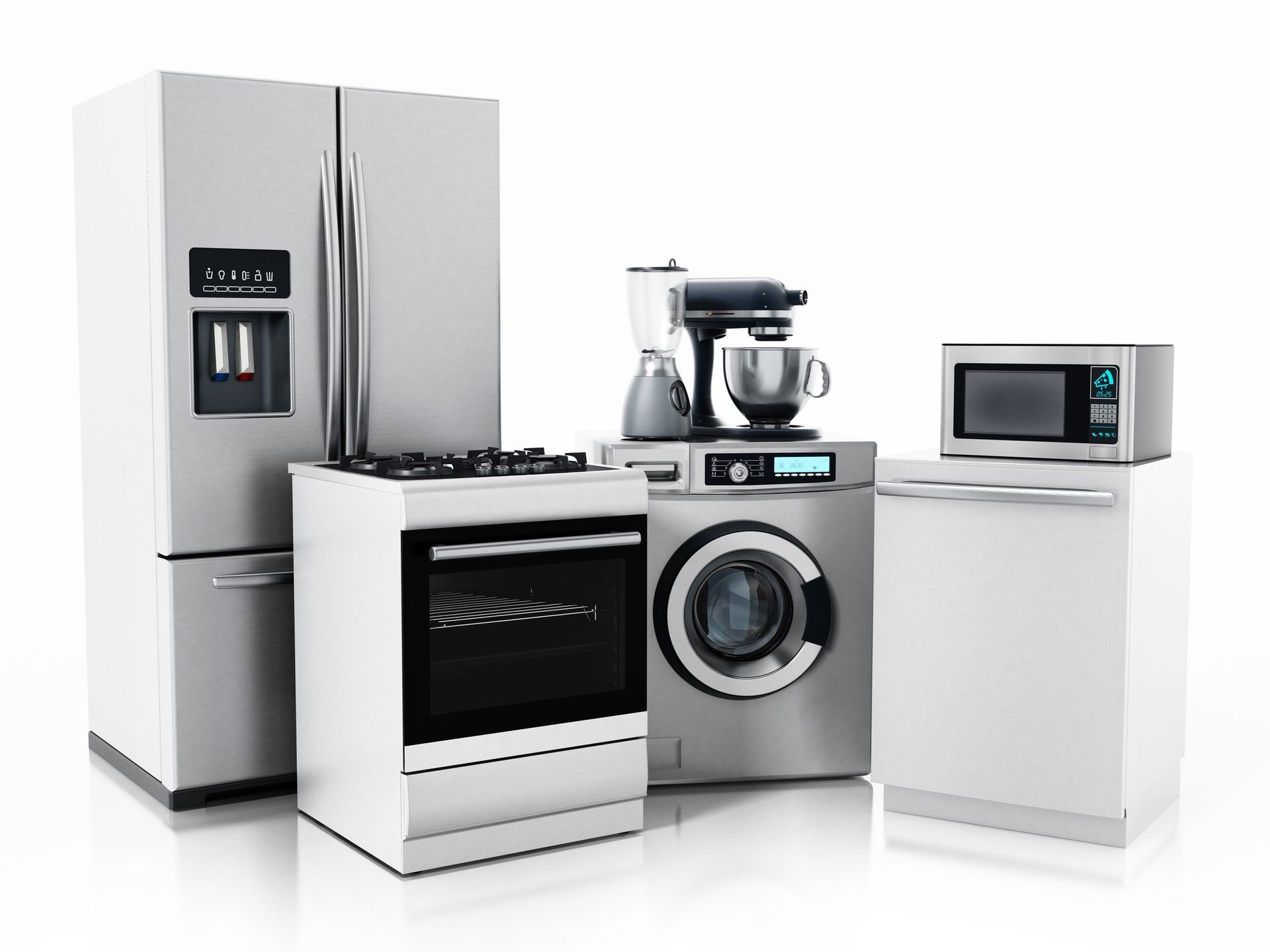

Thanksgiving today is a warm, cozy holiday filled with good food, family, and football. But imagine trying to pull off your Turkey Day traditions without electricity—no oven, no lights, no parade on TV, no fridge full of leftovers! Electricity plays a huge part in how we celebrate Thanksgiving now, and it’s easy to forget that it wasn’t always this way. Let’s take a little journey through history to see how far we’ve come—and how power has changed the way we celebrate the season. 🕯️ Before the Flip of a Switch: Thanksgiving in the 1800s When Abraham Lincoln declared Thanksgiving a national holiday in 1863, most homes relied on oil lamps, wood stoves, and hand-powered kitchen tools. Cooking a full Thanksgiving meal meant: Chopping wood for fuel Baking pies in cast iron ovens Storing perishables in iceboxes, not refrigerators Lighting the dinner table with candles or gas lanterns There were no electric carving knives, no slow cookers, and certainly no "smart ovens." ⚡ The Spark of Modern Comfort: Electricity Enters the Scene Electric power began lighting up American homes in the late 1800s, but it wasn’t until the 1920s–30s that electricity started becoming more common in middle-class homes—just in time to revolutionize the Thanksgiving experience. Electric ovens made cooking faster and more precise Refrigerators extended food storage Electric lighting meant more family and guests could gather late into the evening Radios and, later, televisions brought entertainment to the holiday table Fun Fact: The first Macy’s Thanksgiving Day Parade with a television broadcast aired in 1948—and it’s been a Thanksgiving staple ever since! 🦃 Thanksgiving in the Age of Smart Homes Fast forward to today, and we’re cooking turkeys with Wi-Fi ovens, setting timers with smart speakers, and managing the entire meal with a phone app. Modern Thanksgiving might include: Programmable smart thermostats to keep guests comfortable LED holiday lights that save energy and reduce fire risk Backup generators ensuring nothing interrupts the big meal EV chargers for guests arriving in electric vehicles Watching the game in 4K while the robot vacuum cleans up crumbs 💡 We’re Thankful for Progress—and for You We’re grateful for the modern power that keeps our homes safe, warm, and full of life—especially around the holidays. And we’re even more thankful for the customers and community who trust us to keep that power flowing year-round. Whether you're upgrading your kitchen, installing smart devices, or making sure your panel is ready for holiday guests, we’re here to help. Contact us for a pre-holiday electrical inspection or service—so your Thanksgiving can be powered by peace of mind. Wishing you a bright, warm, and happy Thanksgiving from all of us at KrisLee Electric! 🦃
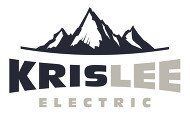

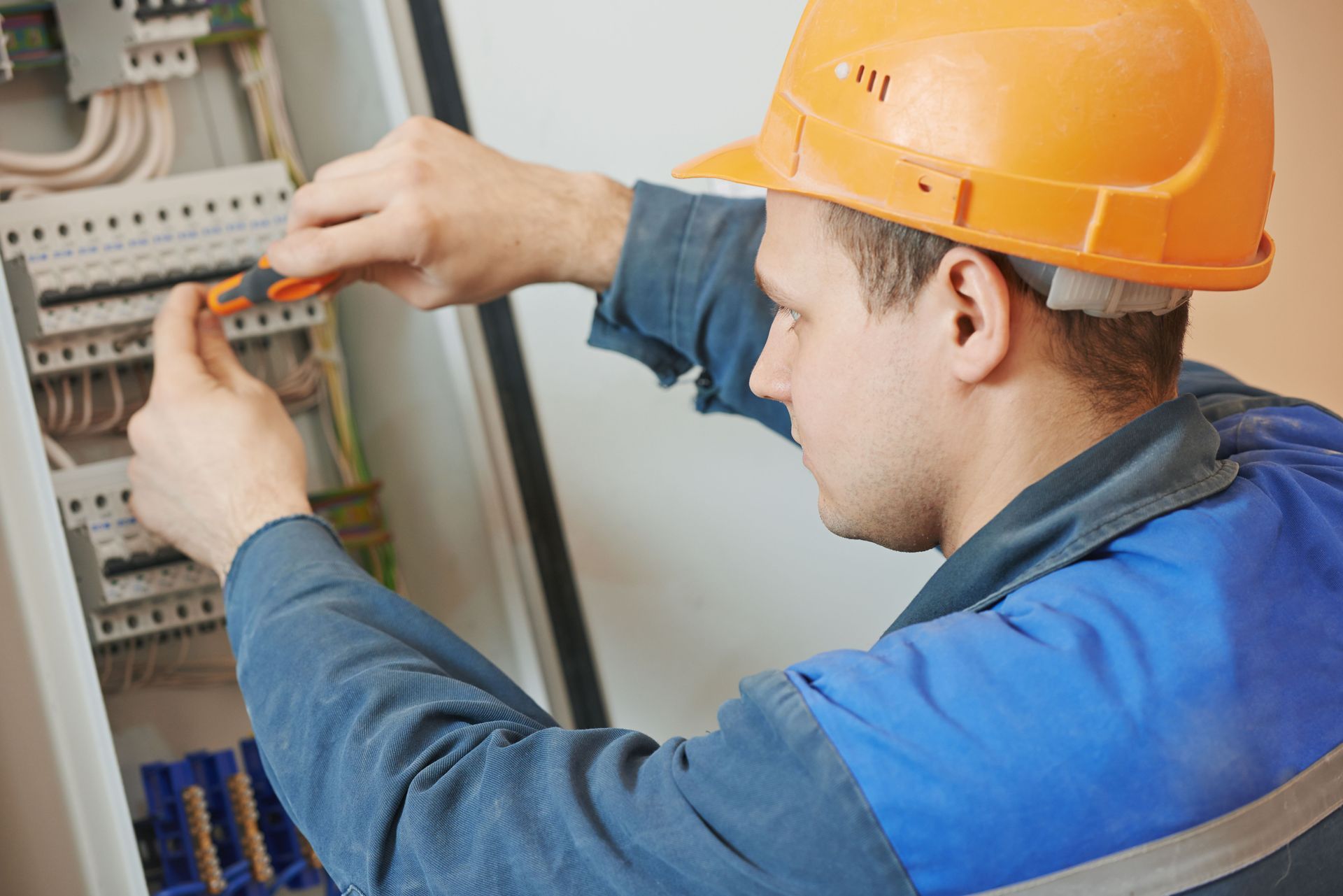
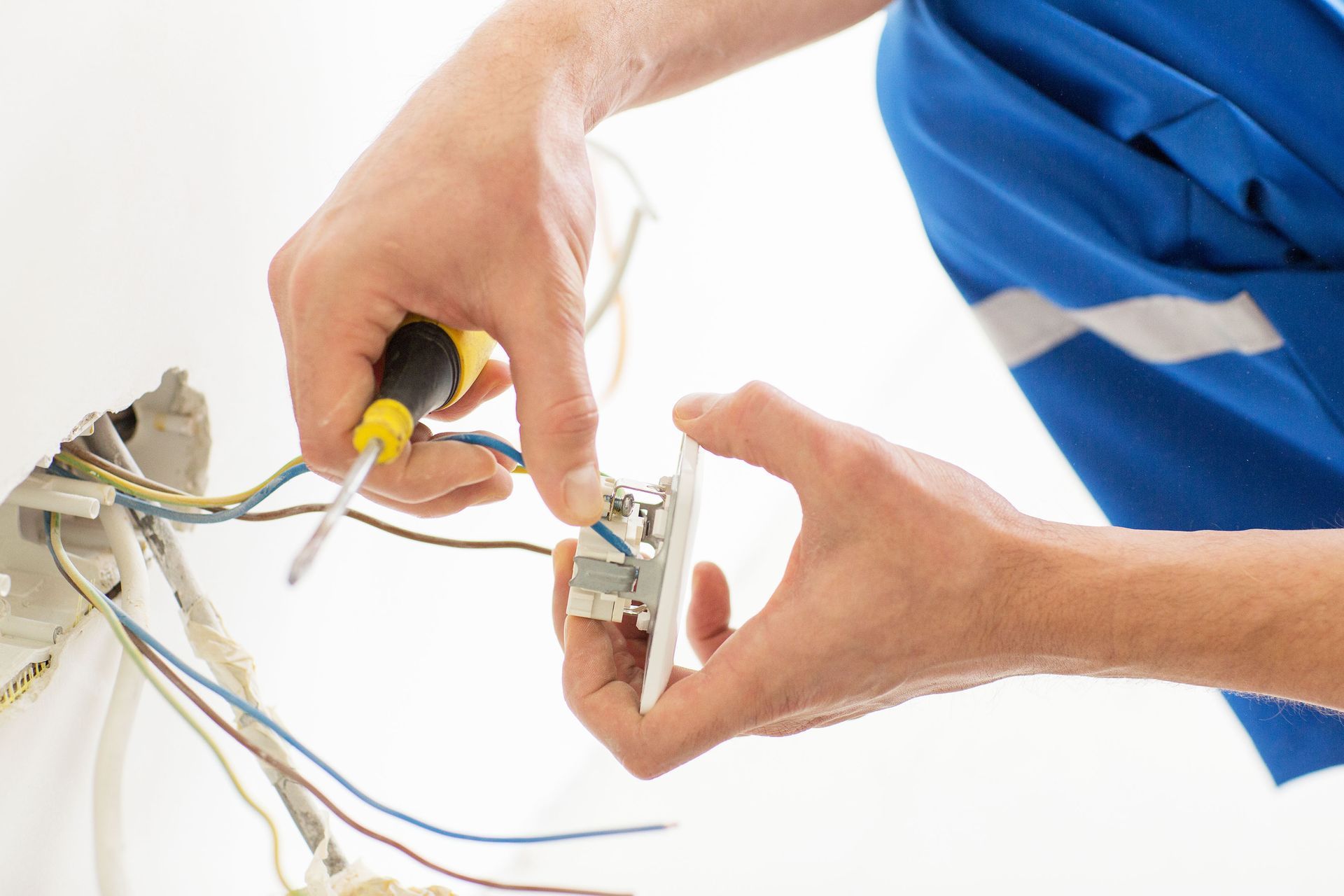
Share On: